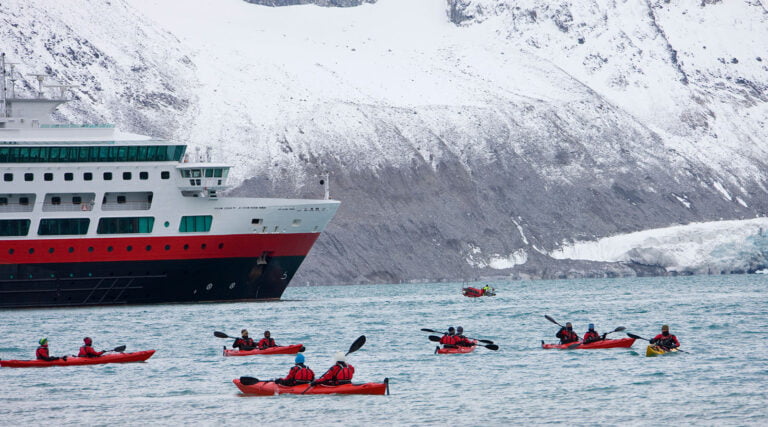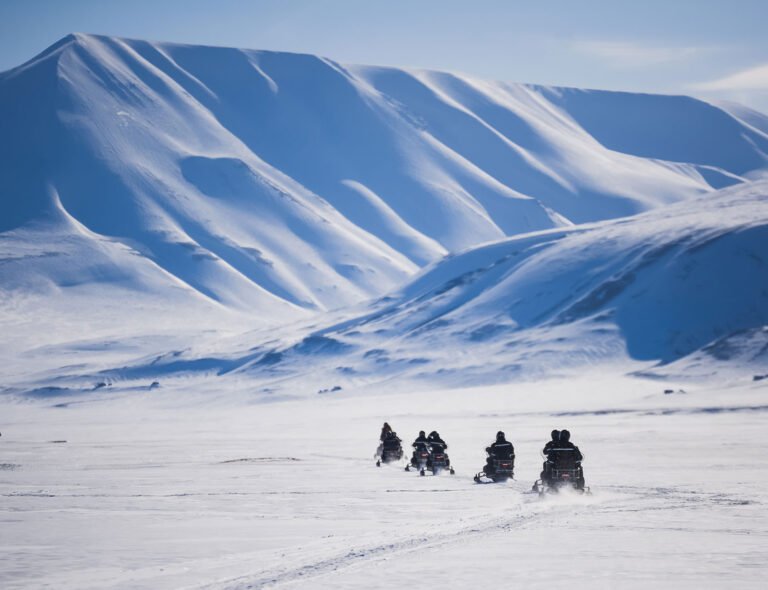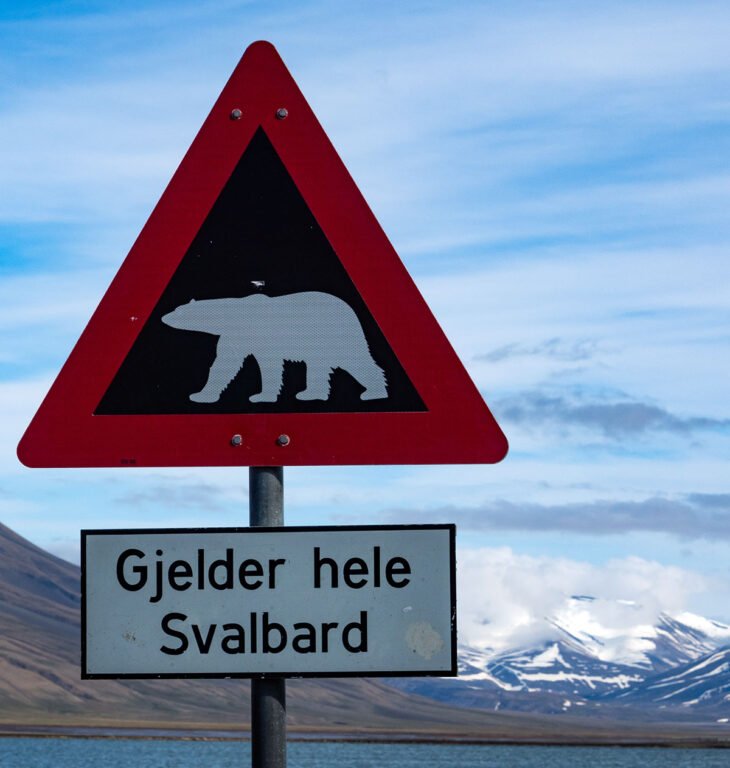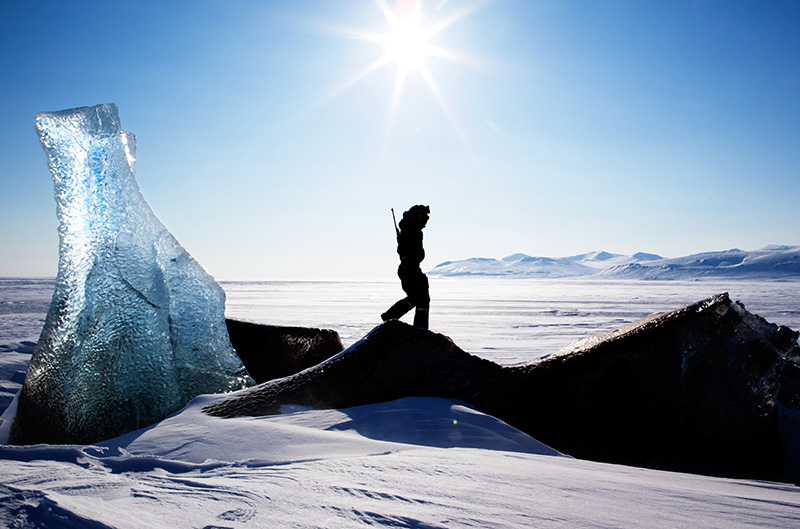Stronger restrictions on cruise ships and better protection for polar bears are among the new tourism measures proposed for Svalbard.
The Svalbard archipelago is a spectacular place to visit. 24-hour daylight in the summer, glaciers galore, incredible wildlife and a whole host of outdoor experiences attract tourists from around the globe.

Unfortunately, it's also one of the places on earth most impacted by climate change to date. Prior to the pandemic, the islands were also feeling the strain of overtourism notably from cruise ships.
Both factors are expected to continue in the years to come. On behalf of the Ministry of Climate and Environment, the Norwegian Environment Agency has proposed some new tourism rules, with a view to mitigating the environmental impact of adventure tourism on Svalbard.
In Svalbard, there is a goal to maintain a nearly untouched environment when it comes to wilderness, landscape, flora and fauna, and cultural heritage. It's a goal that's enforced by law.
“The current environmental regulations are no longer sufficient to safeguard the vulnerable nature and cultural monuments on Svalbard,” says the Agency.
Dealing with high tourist numbers
When discussing the issue of overtourism, many people will think of Venice or Barcelona rather than Longyearbyen. But international tourism to Svalbard has also increased in recent years by an incredible amount.

The number of registered passenger landings from tourist ships increased from 29,600 in 1996 to 124,000 in 2019. That compares to a local population of roughly 2,000 people who live in Svalbard.
In addition, the number of ships offering expedition cruises has increased from 23 in 2010 to 73 in 2019. Of course, tourism ground to a halt in 2020 and 2021, but it's expected to return to previous levels.
Making environmental regulations more relevant
The Norwegian Environment Agency says that the proposed changes are not designed to prevent tourism, or even discourage tourism from returning to the same level as before the pandemic.
“There are no restrictions on how many people can visit Svalbard or the number of tourism boats per season,” says Ellen Hambro, director of the Norwegian Environment Agency.

Rather, the changes are designed to make older regulations more relevant to the higher levels of tourism.
“When tourism grows again after the pandemic, it is important to have regulations in place that are suitable for protecting the increasingly vulnerable Arctic environment, says Hambro.
Protecting wildlife and the environment
The new rules are designed to better look after the protected areas in and around Svalbard. This applies to landscapes and cultural monuments but also to vulnerable species, especially the polar bear.
Read more: Staying Safe on Svalbard
Among the proposals, tourists will only be able to land at 42 selected locations. There will also be a new lower limit on cruise ship capacity.
“By regulating to a greater extent where tourists can land in the protected areas, we shield nature more from disturbances and wear and tear from traffic,” says Hambro.

Specific proposals
A consultation on the new proposals will now take place with a deadline for input of 3 February, 2022. The proposals include:
- A maximum number of passengers of 200 for ships sailing in protected areas.
- All tourism on land in protected areas must prevent wear on terrain, cultural monuments and disturbance of wildlife.
- The ban on seeking out polar bears will be tightened, with a requirement to keep at least 500 metres away.
- A ban on motorised traffic on sea ice after 1 March on selected fjords–to protect ringed seals and polar bears.
- A 5 knots speed limit at sea when within 500 metres of certain bird cliffs from April to August.
- Boats must keep at least 300 metres away from walrus habitats.
- A ban on the use of submarines.
- A requirement to apply for all tent/camp stays in tourism and research/education.
- Requirement for a vigilant polar bear guard when camping.
- A ban on the use of drones in protected areas and close to bird cliffs during breeding season.
The Norwegian Polar Institute, National Heritage Board and the Governor of Svalbard have already given their input, along with several local organisations.
A public hearing will be held in Longyearbyen in week 46, should the pandemic restrictions allow such an event. There will be the opportunity for the public to ask questions.

